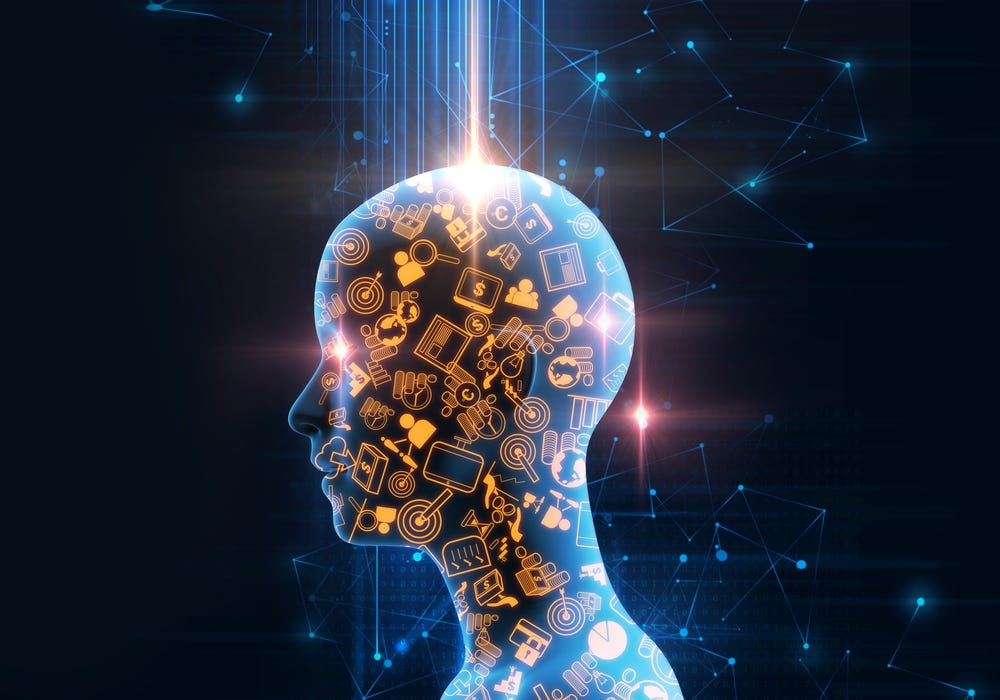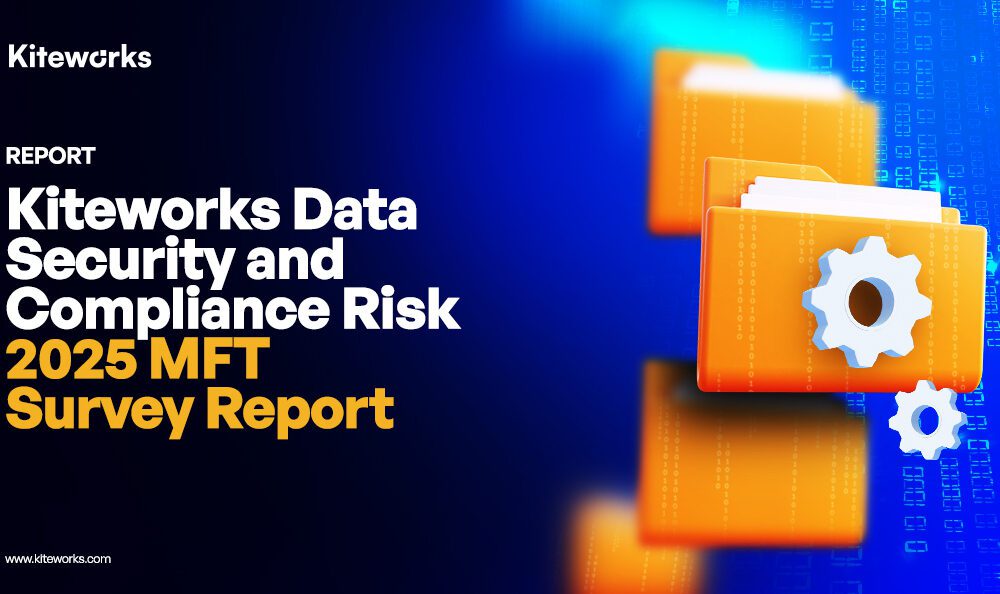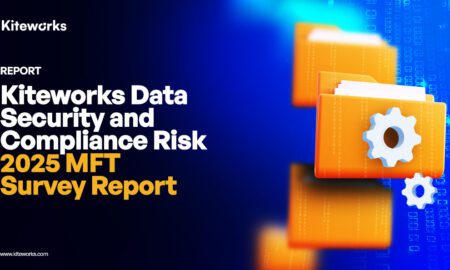Wikis Are No Longer Static—They’re Smart, Connected, and Built for the Future
Still relying on outdated documentation tools that feel more like digital junk drawers than actual sources of truth? You’re not alone—and that’s exactly why modern wikis have taken the spotlight.
Clunky, hard-to-maintain collections of scattered notes have evolved into sleek, intelligent platforms that help your team create, manage, and share knowledge faster and smarter than ever.
These are not prettier versions of legacy tools. Modern wikis are constructed with AI fundamentals, featuring intelligent search, content suggestions, versioning, and real-time collaboration. You won’t need to track down files or navigate unlimited folders. Information comes to you, exactly when you need it.
Whether you’re onboarding, troubleshooting, or establishing a team-wide knowledge center, today’s wikis keep your content dynamic, relevant, and actually usable—without the usual mess.
Ready to see how this new wave of wikis is transforming knowledge management from the ground up?
Let’s get into it.
What Is a Modern Wiki?
A Quick Glance at How It’s Different from the Old-School Types
When you hear “wiki,” do you still picture outdated company portals no one wants to use? If so, you’re in for a surprise.
Modern wikis are built for teams like yours—fast-moving, cross-functional, and constantly evolving. Instead of being a digital junk drawer, they help you organize knowledge in ways that are actually useful day-to-day.
So, what sets them apart?
Unlike traditional systems, which leave it all up to you to update and search through pages and endless folders, modern wikis use AI-powered features that ensure the freshness and accessibility of your content. You can collaborate in real time, auto-link related pages, and even receive suggestions for what to create next—all without needing to babysit your documentation.
Also, you’re not locked into a single platform. These solutions integrate perfectly with apps you already use—such as Slack, Google Workspace, and Microsoft Teams—so your workflow remains smooth and comfortable.
Bottom line? You have a knowledge hub that works for you, not the other guy.
But if this is the new normal, why are so many companies still using the old method?
Let’s dive into that next.
Why Traditional Knowledge Management Falls Short
Ever searched for that one doc… for 20 minutes only to realize that it was outdated—or worse, deleted? This is the same kind of friction that traditional knowledge management creates. And if you’re still relying on shared drives, buried email threads, or static folders, you already know how clumsy this can be.
The dilemma? These old systems were never designed with today’s work pace in mind. You’re balancing remote teams, real-time collaboration, and information changing at lightning speed—and your tools have to keep pace.
With traditional configurations, you struggle with:
- Information silos — teams intentionally or unintentionally hoard knowledge, and nothing is linked.
- Horrible searchability — locating the correct file is often a game of guesswork.
- No version control — you’re never really sure if you’re editing the most recent draft.
- Lack of engagement — no one wants to update or use a clunky system.
Sound familiar?
These gaps don’t just slow your team down—they quietly kill productivity, create duplicate work, and make onboarding feel like detective work. If your internal documentation feels like a graveyard of forgotten PDFs and inconsistent formats, it’s time for an upgrade.
If that all sounds a little too familiar, don’t worry—you’re going to get to witness what smarter, best knowledge management tools AI-powered knowledge management can do. best knowledge management tools
Let’s take a look at how,
Enter the New Era: Intelligent Knowledge Management
AI-Powered, Built for How You Really Work
Imagine a knowledge system that not only holds your content, but interprets it. That’s the promise of intelligent knowledge management. And yeah, it’s as revolutionary as it sounds.
Rather than constantly setting up folders and hoping your team has a clue where to find things, AI-driven platforms do the work for you. They automatically tag documents, suggest related content, and even bring up information before you even consider searching for it.
You have intelligent search that truly gets context, not keywords. New hire onboarding is a snap. Cross-functional teams no longer repeat the same questions. And your knowledge base begins to feel like a live team member—one that never tires.
Here’s what intelligent knowledge management delivers:
- AI search and discovery
Quit guessing file names. AI knows the context of your question and retrieves the correct content in an instant—even with different formats. - Auto-classification and tagging
Manual document organization is a thing of the past. AI automatically reads what you’ve got and adds smart tags, keeping everything searchable and linked without the headache. - Faster onboarding and training
New hires get instant access to curated, relevant knowledge—no more chasing scattered links or digging through old Slack messages. - Real-time updates and version control
Never second-guess if you’re working on the latest file again. Updates happen in real-time, with a clear version history to track changes. - Integrated collaboration
Work seamlessly across your favorite tools—edit docs, leave comments, and tag teammates without switching tabs or disrupting your workflow.
In short, this is knowledge management that’s as dynamic as your team—and finally keeps up with how fast you move.
But what does this look like in practice? Let’s take a closer look at such a tool leading the charge.
Why Bit.ai Stands Out in the Age of Smart Knowledge Sharing
It is your Modern Wiki for the AI-Driven Workplace
So, where does all of this innovation lead you? Right to Bit.ai, a modern, intelligent platform built for teams that need more than just a place to dump documents.
Bit isn’t just a typical doc tool. It is intended to help you build intelligent, dynamic documents that become living documents. Whether you’re creating a company wiki, documents to provide standard operating procedures (SOPs), or training materials for internal use, Bit starts you off with the framework of a standard knowledge base and the intelligence and flexibility you need.
Here’s how Bit.ai stands out:
- Real-time collaboration – Collaborate on interactive docs, wikis, and notes
- Smart widgets – Embed videos, charts, files, and tools directly into your pages
- Content organization – Keep everything searchable, clean, and scalable as your team grows
- Knowledge sharing – Share docs securely with teammates or external stakeholders, with complete control
- AI integration – Let AI assist in content creation, summaries, and quick formatting
And because Bit.ai is built for modern teams, it plays nicely with your existing workflow—from Slack to Google Drive, Trello to GitHub. No silos, no friction.
If you’re serious about leveling up your internal knowledge game, Bit.ai is just the tool for you; it’s your intelligent foundation for scaling team knowledge.
Wrapping Up: Time to Rethink Knowledge the Smart Way
By now, you must have realized to what extent AI is revolutionizing the way modern companies handle knowledge, collaborate, and stay responsive. Whether it’s a startup growing or optimizing internal workflows for an established business, smart knowledge management is not a nice-to-have; it’s a game-changer.
And of course, there are many tools, but most importantly, pick something that actually fits how your team operates. You want flexibility, you want intelligent automation, and something that not only stores information but also makes it more usable.
This is where tools like Bit.ai come into play: a new, AI-friendly workspace to structure, collaborate, and get smarter every day.
Here’s your next step: Don’t just manage knowledge. Make it smart.
Because the future of work isn’t coming—it’s already arrived. Are you ready to work smart?





























